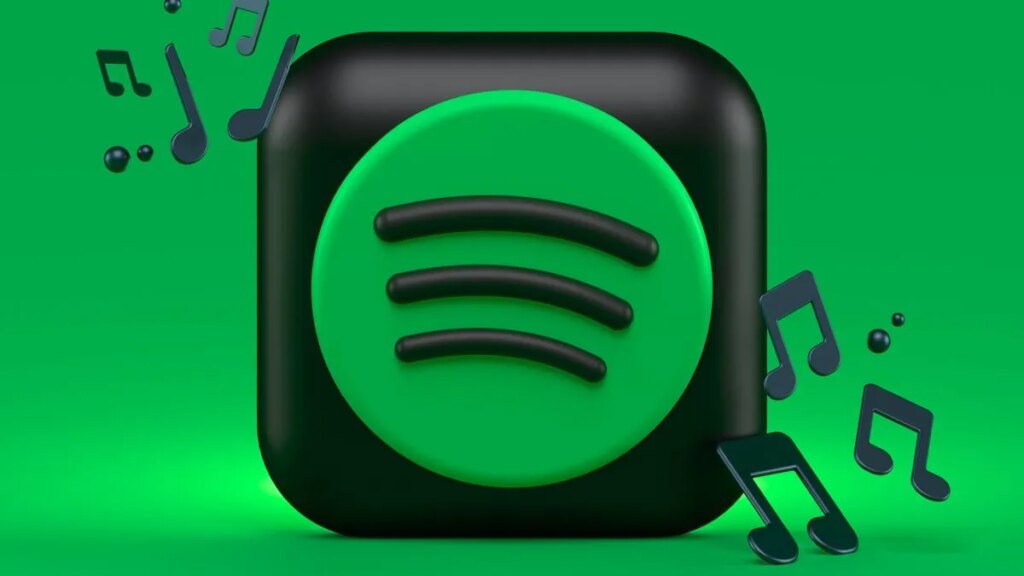Can Spotify Shake Its ‘AI War Machine’ Problem?

Daniel Ek’s investment in Helsing is prompting a small but growing Spotify exodus among indie artists.
As artist defections refuse to die down, Spotify’s Daniel Ek ditches his CEO stripes in a case of curious timing.
Spotify is no stranger to angry artists and yanked-down catalogs.
In the early days, major artists famously refused to license their catalogs to Spotify, although then-CEO Daniel Ek was instrumental in addressing the criticism and building a comprehensive music selection that made sense to consumers. Once mature, Spotify weathered the occasional high-profile flare-up from mega-stars like Taylor Swift, or, more recently, Neil Young.
Both relented and put their songs back on the platform. Others, like Garth Brooks, never joined, but hey, nothing’s perfect.
Most importantly, Spotify’s subscriber levels kept surging throughout these challenges, with a market-leading position that still flummoxes well-financed rivals like Apple, Amazon, and Google.
So who cares about a small but growing number of indie artists removing their music to protest Daniel Ek’s AI military side hustle?
Maybe Spotify is starting to care — or at least notice.
Suddenly, the names of the departed are getting bigger. What started as a smattering of indies with niche followings has now attracted some more recognizable names. That includes UMG-signed artists Massive Attack and Sylvan Esso, which have garnered ‘nearly a billion’ Spotify streams.
And starting the movement were acts like King Gizzard & the Lizard Wizard, Deerhoof, and Xiu Xiu. Not mega-acts, sure, but big enough names to raise an eyebrow in Spotify’s C-suite.
That could explain Daniel Ek’s sudden decision to poof his CEO stripes in favor of a more distanced ‘Executive Chairman’ title. Separate conjecture suggests the now-billionaire Ek is simply disengaging from Spotify in favor of other pursuits like chasing soccer club ownership, pursuing a broader investment portfolio that now includes companies like Helsing, and — let’s be honest — more yacht time.
That’s up to Ek, though keen observers note that Spotify is now facing serious challenges to its market leadership and long-term profitability.
Instead of the go-go — and ‘grow-grow’ — double-digit subscriber gains of previous years, Spotify is now dealing with several mature problems. That includes a souring ad-supported tier, flatlining (or declining) subscriber levels in critical markets like the United States, increasingly price-sensitive consumers, and brutal competition in podcasting from behemoth YouTube.
Indeed, DMN Pro’s data is showing a difficult 2025 for Spotify, particularly as it relates to subscriber levels in the United States. Interestingly, those challenges are getting masked by puffy coverage and rosy analyses from culprits like Goldman Sachs and the Wall Street Journal.
Spotify’s US-Based Subscribers Remained Flat During the First Half of 2025, Preliminary Data Reveals
So will a sidewind from a small collection of artists impact any of this?
That depends on whether we’re looking at a temporary flare-up or the beginning of a pernicious snowball effect. If artists like Massive Attack are prompting the latter, a growing number of artist bailouts may prompt a more serious response from Spotify.
And make no mistake: after a certain number of catalog removals, subscribers will start to notice the gaps, which don’t exist on approaching competitors like Apple Music.
For now? Maybe a title change will do the trick.
Link to the source article – https://www.digitalmusicnews.com/2025/09/30/spotify-ai-war-machine-problem/
-
Kcelarec Electric Bass Guitar Full Size 4 String Exquisite Stylish Bass with Power Line and Wrench Tool (Yellow)$44,99 Buy product
-
Silverline 12 Cable Snake Harness Kit Replacement for Roland TD-3, TD-6, TD-6V, TD-8, TD-10, TD-12, TD-20, TD-30, TD-50 Drum Kits (and Others)$69,99 Buy product
-
WestCreek RACER Solid Body Electric Guitar, Double Cut guitar, Rounded End Frets, Bone nut, Rosewood Fingerboard, Mahogany Body (Bumblebee)$219,99 Buy product
-
Epiphone Les Paul Special-II E1 Electric Guitar, Vintage Sunburst$179,00 Buy product
-
CHAUVET DJ CHS-50 VIP Large Rolling Travel Bag for DJ Lights,Black$71,99 Buy product
-
Blisstime 6 String Acoustic Guitar Bone Bridge Saddle and Nut and 6pcs Rosewood Guitar Bridge Pins$12,99 Buy product












Responses